
Space is the final frontier. It is also a vast and empty desert where you cannot hear yourself scream since there is a vacuum and sound waves need air to travel.Thus if you are lost in space, there...
 When mission crews lose contact with a spacecraft or lander for a significant amount of time, that's usually a bad sign... ask the European Space Agency if you want to know why. However, NASA just showed why you shouldn't always give up hope. It re...
When mission crews lose contact with a spacecraft or lander for a significant amount of time, that's usually a bad sign... ask the European Space Agency if you want to know why. However, NASA just showed why you shouldn't always give up hope. It re...
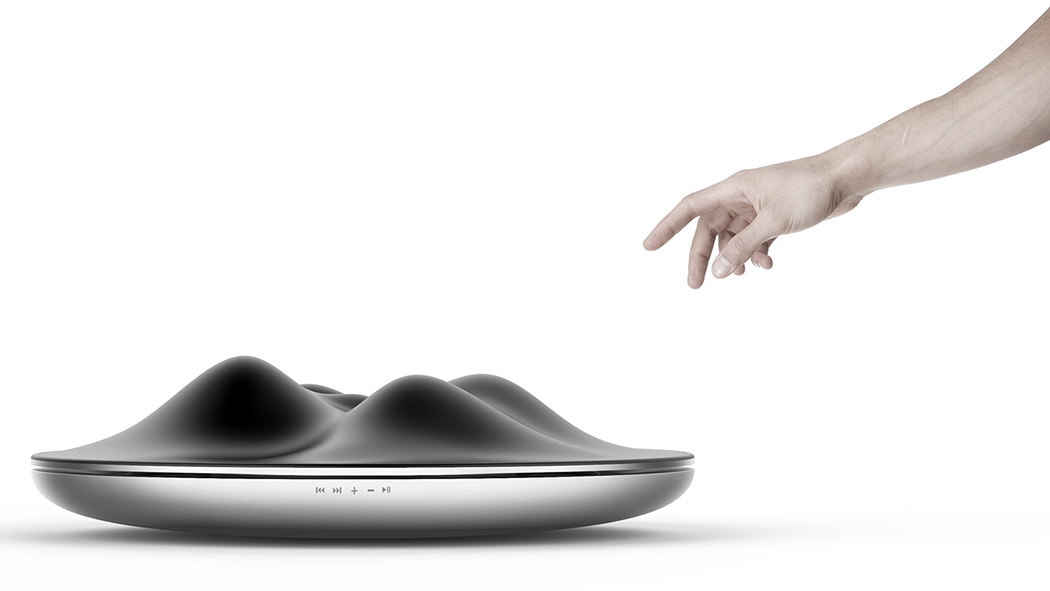
I’ll admit I love my Vizio TV and I’m partial to the brand. It’s easily the most simple to operate, thinnest, and most affordable I could find. I can also admit, I’m not sure the brand has completely found its identity yet. The Vizio 2026 project sets the brand in a new trajectory to solve the disconnect between the real world and the tech world by integrating a multisensory experience in three forms: a personal A.I., projector, and stereo system.
Sense is a tactile sound system which allows its users to experience music with a multitude of senses. Sense can connect with a TV or smartphone to convert sound into physical waves and transcribe the sounds onto its soft touch fabric.
Ocular is a tactile projection system that detects and follows the user’s actions. This device includes a motion sensor which follows the user and projects whatever the user needs onto a wall. The wall then becomes a surface like a touch screen for the user to use as a smart screen. The user can simply tell or show Ocular what to project.
Cushy, is the personal A.I. system that learns and grows with the user. Cushy grows in three stages. When it first comes out of the box, its default setting is set to Stage 1. In this stage, Cushy does not speak, but simply observes and follows its user to collect and document life pattern and habitual data. It is in Stage 2 that Cushy begins to interact and talk with its users, continuing its growth through conversations and adjusting to personality typologies. At Stage 3, it fully becomes a companion with the user, supporting the user through suggestions for the user.
Designer: Daniel Kim
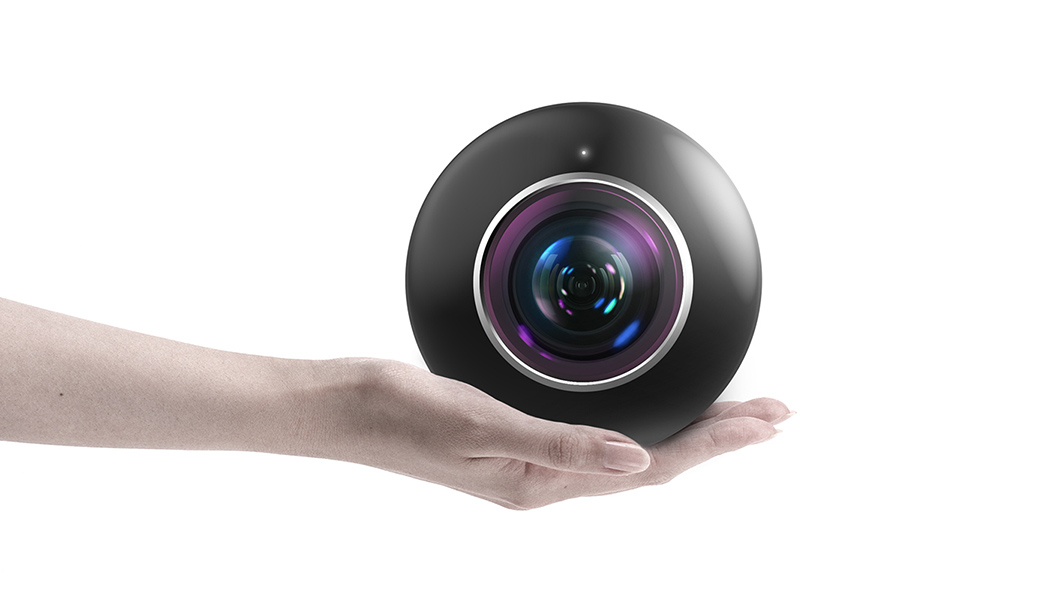
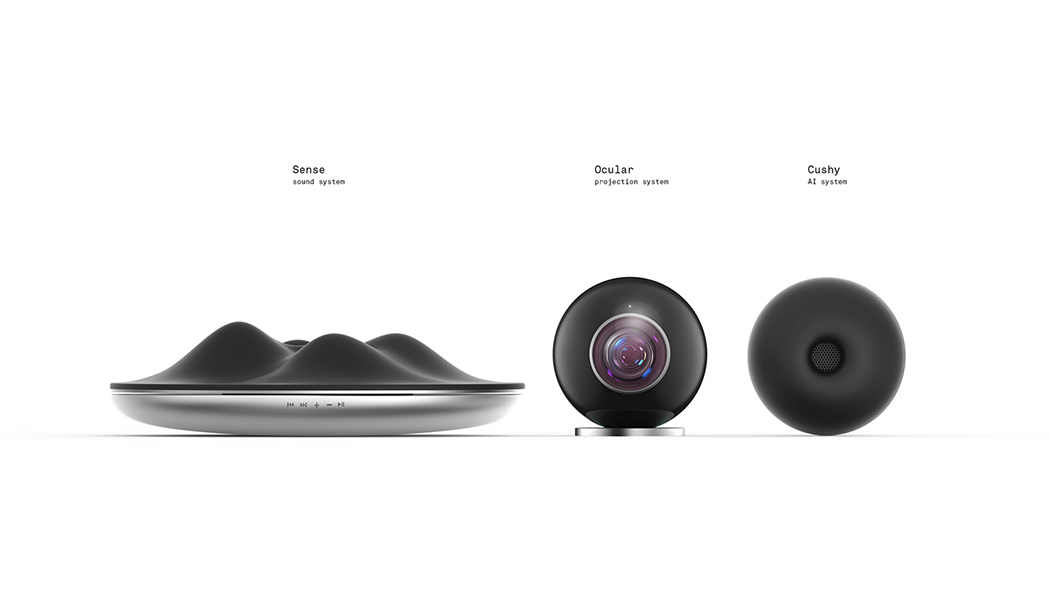
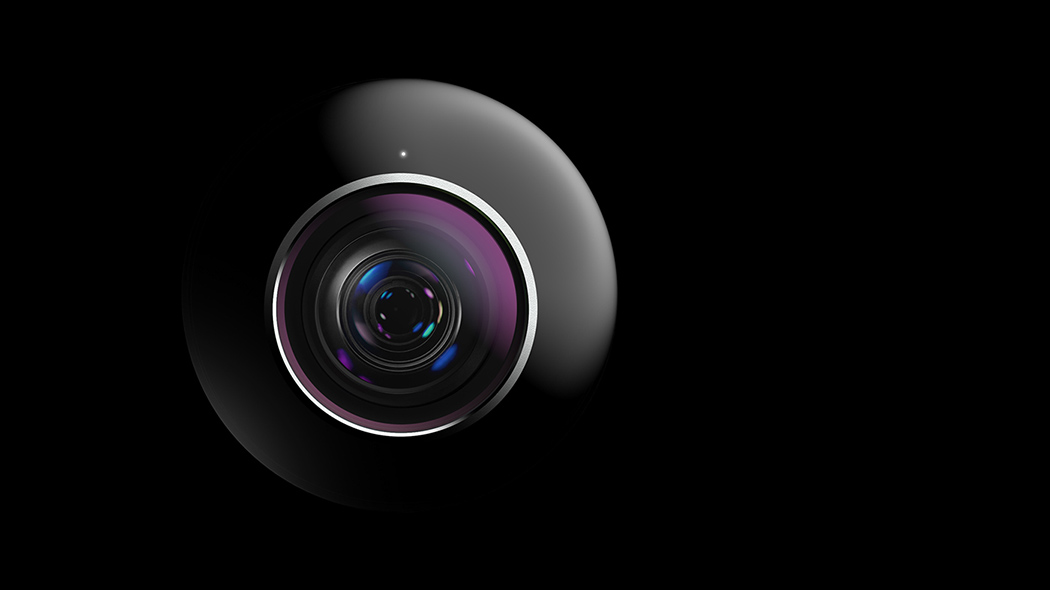
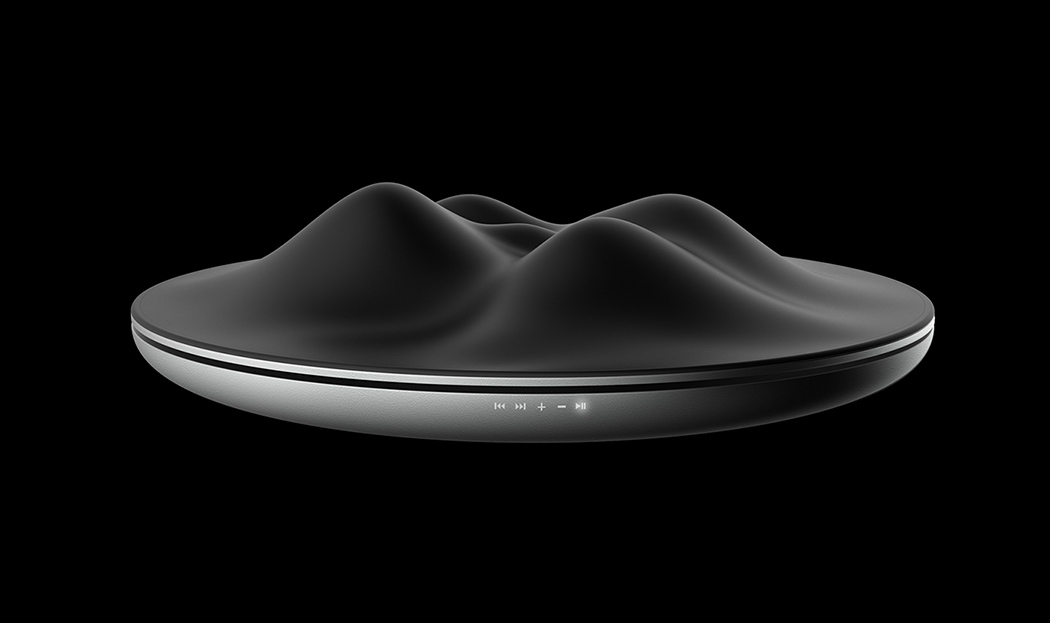
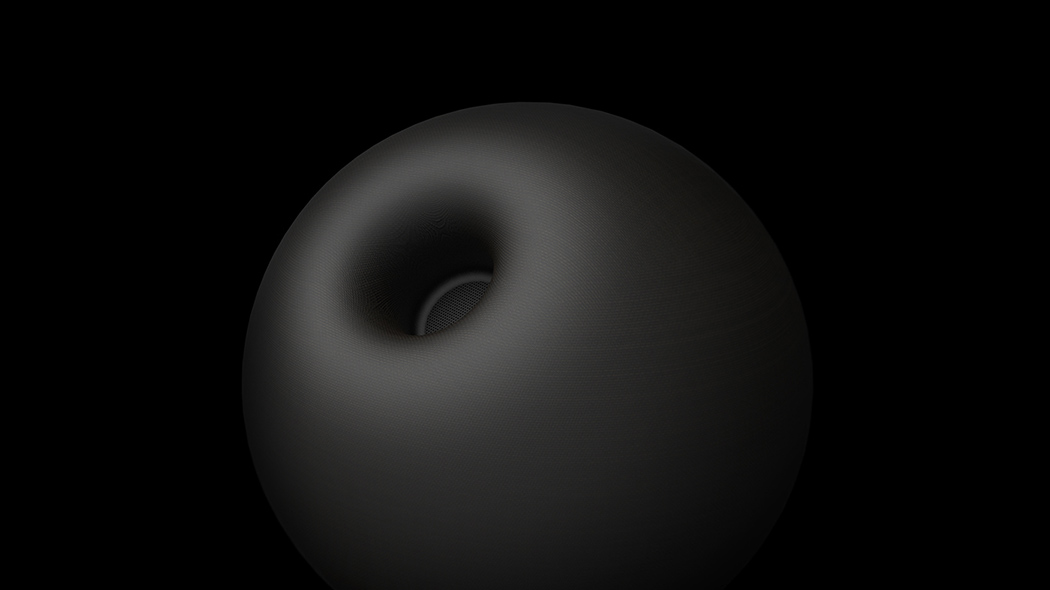
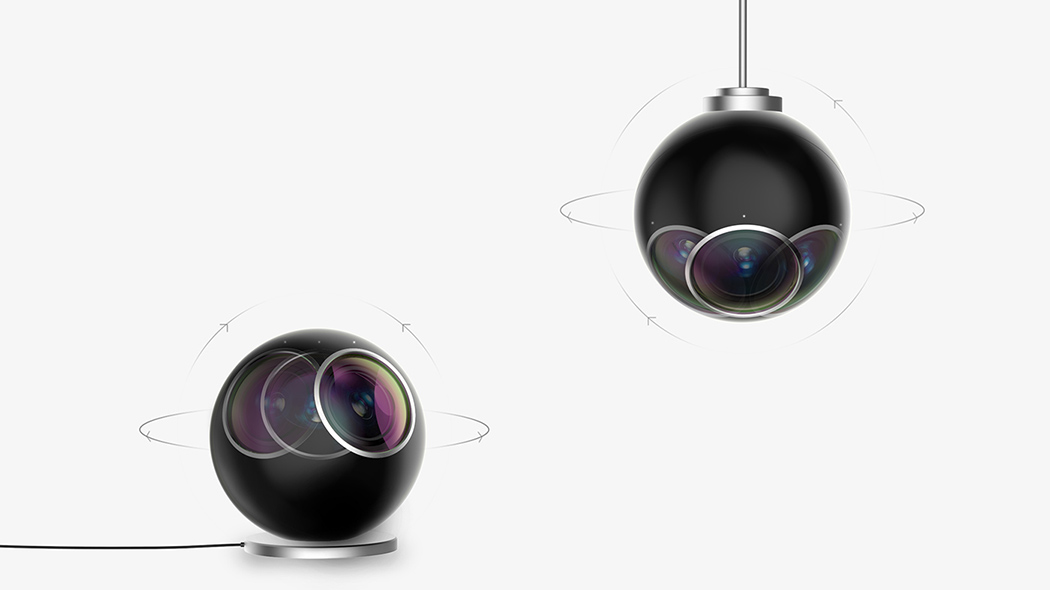
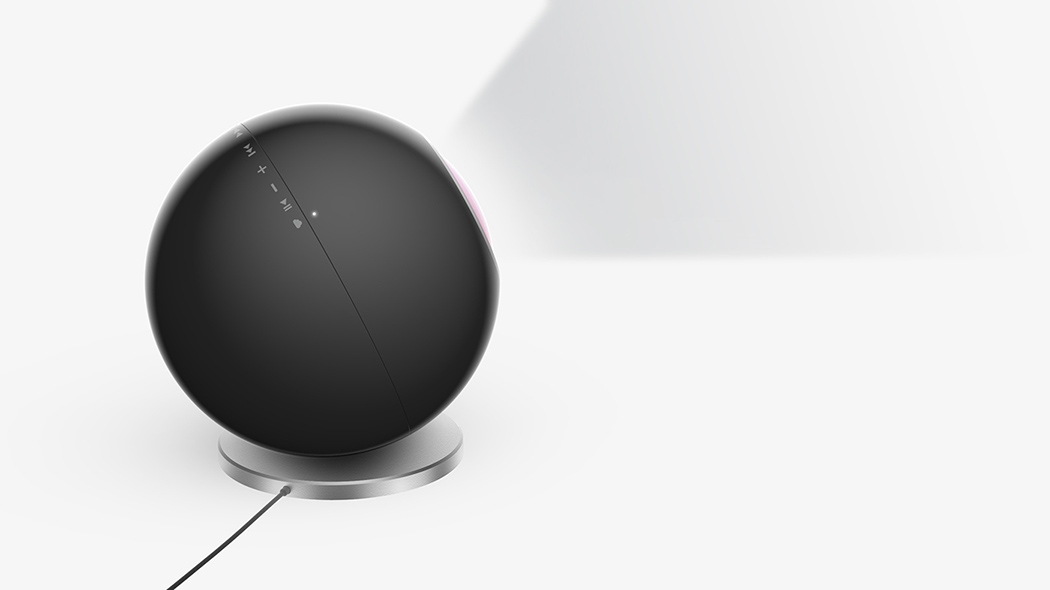

We've known Plantronics to craft solid PC gaming headsets and now, separate from the GameCom series, its new Rig package aims to appease gamers on every platform. The stereo headset itself features a slim profile with circumarual earcups that fold flat and it connects with two included cables: one features a boom mic, while the other packs an in-line remote and mic for smartphones. The heart of the setup lies within a wired mixer, which'll let you hook up your cellphone, gaming rig (computer or console via USB and Toslink) and the headset simultaneously.
Aside from a slider that lets you adjust the balance of game and chat volume (à la Astro's Mixamp), you can answer phone calls and re-route the mic as necessary at the press of a rocker switch. What's more, game audio (including chat) can be mixed into your headset during calls and visa versa via a second balance slider. Lastly, you'll have a choice of three EQ profiles, including a bass boost for extra wubs. Rig will hit retailers in the fall for $130, and we're told future products under the moniker will drop beyond that. Full press release after the break.
Filed under: Gaming, Portable Audio/Video, Wearables
Source: Plantronics
In Insert Coin, we look at an exciting new tech project that requires funding before it can hit production. If you'd like to pitch a project, please send us a tip with "Insert Coin" as the subject line.
We called Beacon Audio's Phoenix "our new favorite portable speaker" just over a year ago. Today, the company's taking to Kickstarter to fund the production of its followup: the Blazar. The speaker features a grown-up design wrapped in aluminum (the Phoenix was plastic), with a softball-sized, cube-esque design. The slightly bulky shape allows for 12 hours of battery life, aside from promising big and clean multi-directional sound thanks to two 50mm drivers and a 65mm bass radiator. Beacon's also loaded the speaker with a microphone, NFC and a dual pairing mode for completely wire-free stereo sound between two units -- like Nokia's Play 360.
On top you'll find rubber playback controls, while one side of the unit houses a microUSB input, 3.5mm input and output jacks, power switch and a pairing / mode button. Early-bird pledges of $99 dollars will be available for the first 198 units (split between silver and graphite), followed by an additional 600 priced at $124. Beacon's counting on its artist collaboration editions, however, offering three more colors (500 pieces each) at $134 with Neon Trees, AWOLNATION and Halestorm. If you're up for the risk, Beacon plans to ship all orders by December 1st. Join us past the break for some impressions with pre-release units.
Filed under: Portable Audio/Video
Source: Beacon Audio, Kickstarter
Of note, that thing you see above cannot be copped for $20 at your local Thrift Shop.
Filed under: Home Entertainment
Source: Panasonic
You know what'll go perfectly with that waterproof Bluetooth speaker ball that a Billy Corgan doppelganger recommended a few years back? That odd tube you're undoubtedly fixated on above. That's the Ultimate Ears UE Boom, and those people underneath are presumably blitzed from a day of raving at [insert EDM festival here]. Parent company Logitech is calling this thing the "world's first social music player," but last we checked, it's not capable of tweeting whatever you're listening to. Instead, it's seemingly engineered "to help you rage, riot, party and play the music you love, out loud." Seriously -- that's in the description.
In order to do so, there's a Bluetooth radio within, NFC support, a 15-hour rechargeable battery and an exterior that'll turn away light splashes. Of note, you can wirelessly link two UE Booms together using an associated Android or iOS app to play them in either stereo-to-stereo mode or traditional left / right stereo mode. It's expected to hit US and European shores later this month for $199.99, which means you too can take weird shots of yourself holding it at frat parties in the very, very near future.
Filed under: Home Entertainment
Source: Ultimate Ears
SuperTooth makes some very nice Bluetooth audio gear and speakerphones for smartphone users. Back during CES in January, the company unveiled several new Bluetooth products including the Disco Twin speaker set, which offers true wireless stereo over Bluetooth.

Unlike some other Bluetooth speakers on the market, what you’re getting here isn’t a single speaker, but two separate stereo speakers. Having two speakers will allow you to get better separation between the channels and should provide superior sound. Each speaker has its own 16 W of power for a combined 32 W of sound. If you play the speakers at high-volume, you get about 3 to 4 hours of run time per charge. If you play a more modest volume levels you can expect the battery to last up to 10 hours.
Early on, the company promised that its new line of speakers would be shipping by February. Some unknown delay occurred and the Disco Twin Bluetooth stereo speakers are just now available to purchase. As of right now, you can pick up the Disco Twin Bluetooth speakers for $199(USD) directly from SuperTooth.
Earlier at CES, we got our hands on the Rode iXY 30-pin stereo microphone iPhone add-on that left our Lightning users a bit sad. Cheer up! The folks over at Zoom got us over to their booth to take a peek at the company's new iQ5 professional stereo microphone. The iQ5 is a different beast than its aforementioned competition in that it works in conjunction with native iOS applications. What this means is that you can use it while recording video on your iOS device. The microphone itself rotates for this specific purpose, allowing for both horizontal and vertical audio recording in raw, 90- and 120-degree field positions. The recording resolution is capped at a respectable 16-bit/44.1kHz -- though slightly less than we were hoping.
We didn't get a chance to actually hear an audio sample from the iQ5, but we're pretty confident it'll sound better than the standard mic equipped on any of the supported devices. The Zoom iQ5 lacks a bit in customization department as well as build quality -- we're generally not fans of the cheap plastic construction, which is unlike most other Zoom products. The spec sheet certainly leaves us wanting, but it's a start in the right direction for current-gen iOS devices. The iQ5 will set you back $100 and will start shipping Q2 of this year -- until then check out the gallery to hold you over.
Filed under: Peripherals